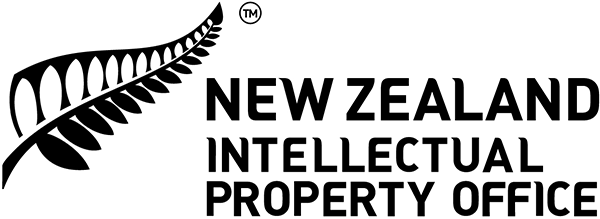You may use a geographical indication (GI) on your products that the GI relates to, provided that your use complies with the following provisions. This applies whether you are manufacturing the product, or importing the product for sale in New Zealand.
If a GI is registered in New Zealand, there are restrictions that apply to its use. A person who breaches any of these restrictions may also be infringing on section 9 of the Fair Trading Act 1986.
Geographical Indications Register
Section 9 of the Fair Trading Act 1986 — New Zealand Legislation
Using a New Zealand GI or a foreign GI that is registered in New Zealand
A person may use a registered New Zealand GI in relation to a:
- Wine, only if:
- at least 85% of the wine is obtained from grapes harvested in the place of geographical origin to which the GI relates
- all of the constituent remainder of the wine (if any) is obtained from grapes harvested in New Zealand, and
- the GI is used in accordance with its registration in New Zealand.
- Spirit, only if:
- the spirit originated in the place of geographical origin to which the GI relates, and
- the GI is used in accordance with its registration in New Zealand.
A person may use a registered foreign GI on wines and spirits only if:
- the product originated in the place of geographical origin to which the foreign GI relates, and
- the foreign GI is used in accordance with:
- the scope of its protection in its country of origin (including any conditions as to its use), and
- its registration in New Zealand (including any conditions imposed).
These and other restrictions are outlined in sections 21 to 26 of the Geographical Indications Registration Act 2006.
Sections 21 to 26 of the Geographical Indications Registration Act 2006 – New Zealand Legislation
There are some situations where these restrictions will not apply. For example, a trader may provide the following information in the course of their trade without “using” a registered GI, as long as this doesn’t mislead the public:
- their name (or the name of their predecessor in business), or
- a statement indicating the address where the wine or spirit was produced or bottled.
Situations where these restrictions do not apply are outlined in sections 28 to 32A of the Geographical Indications Registration Act 2006.
Sections 28 to 32A of the Geographical Indications Registration Act 2006 – New Zealand Legislation
Using a European Union GI that is registered via free trade agreement
A number of terms on the GI register are European Union GIs (EU GIs). These GIs are protected in New Zealand as a result of the New Zealand – European Union Free Trade Agreement, and are referred to as registered EU FTA GIs.
A person may use a registered EU FTA GI in relation to its corresponding product class only if the product complies with the requirements for that EU FTA GI. These may include any or all of the following:
- the product originates from the specific geographical area to which the EU FTA GI relates
- the product meets specific quality measures, and/or follows specific methods of manufacture, for that EU FTA GI
- the product is approved by the authority responsible for verifying compliance with the requirements for that EU FTA GI.
These and other restrictions are outlined in sections 73 to 78 of the Geographical Indications Registration Act 2006.
Sections 73 to 78 of the Geographical Indications Registration Act 2006 – New Zealand Legislation
Please visit our section on EU GIs for a list of these GIs and more information on their usage restrictions.
European Union GIs and changes to legislation
Additional rules relating to restrictions on use
The above restrictions on use apply even if:
- the product’s true place of origin is indicated
- a translation or transliteration of the GI is used
- the use of the GI is accompanied by any of the words “kind”, “type”, “style”, “imitation” (or any similar word or expression).
Note that some GI terms may also be registered trade marks in New Zealand, and are subject to additional restrictions relating to their commercial use.
